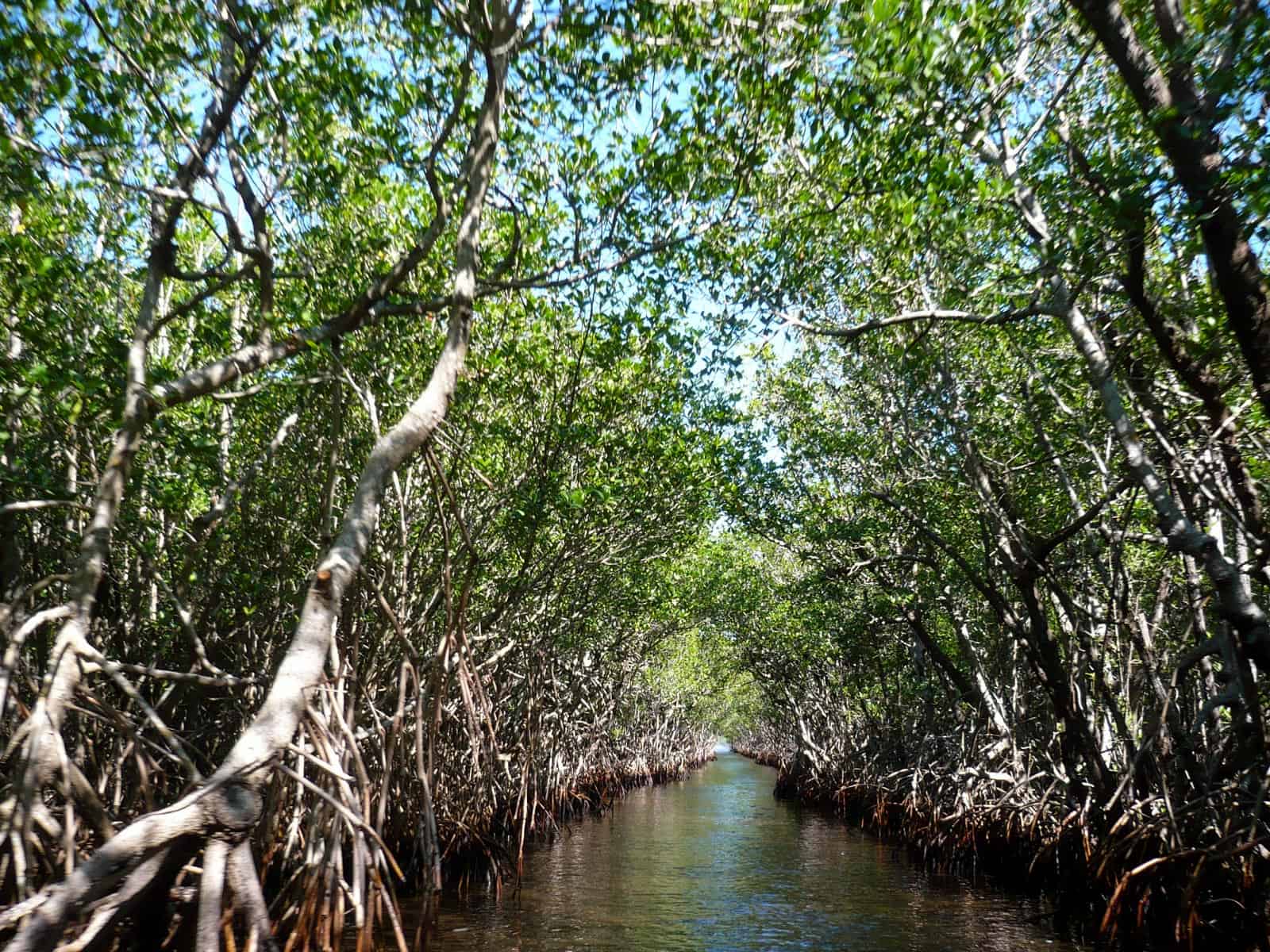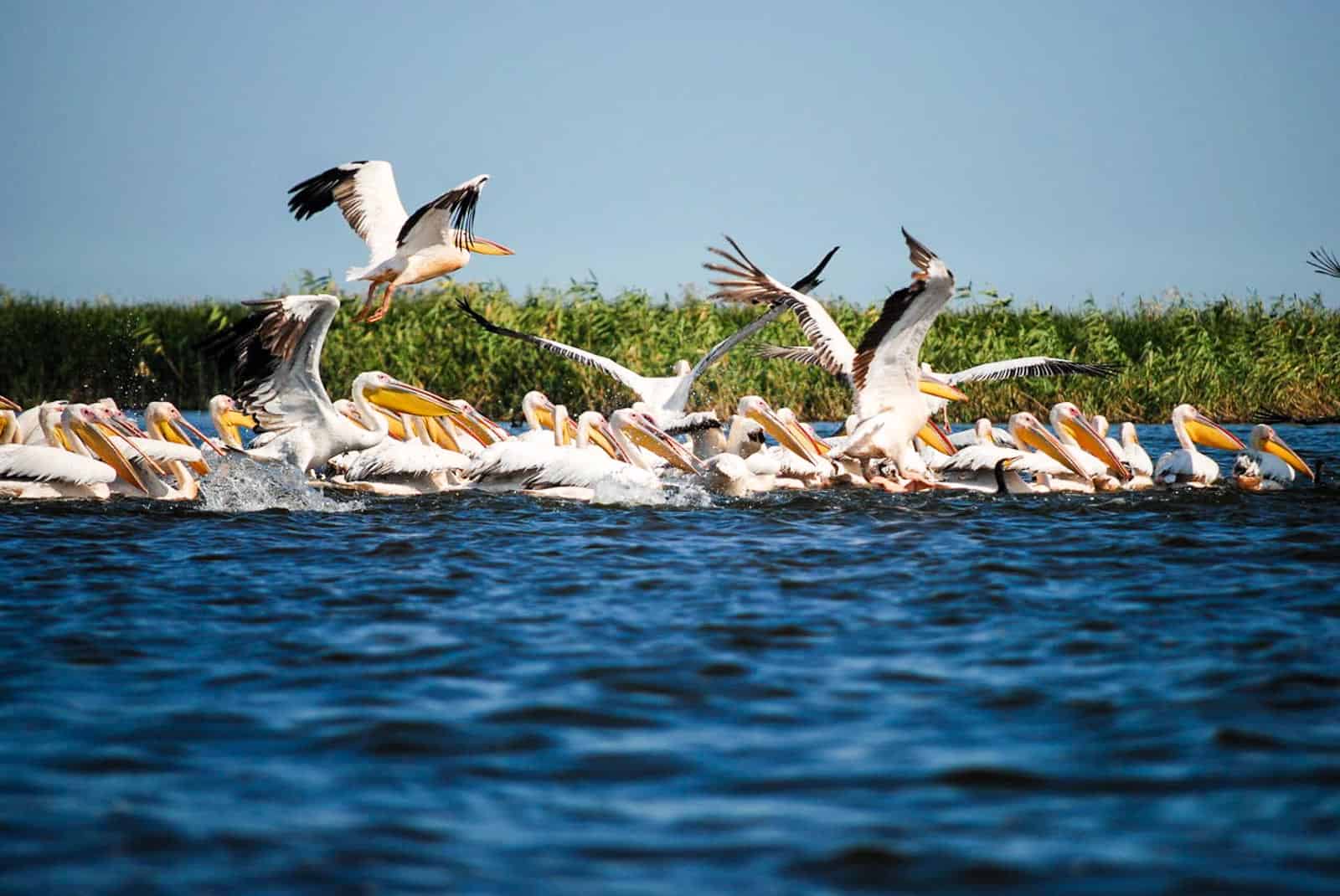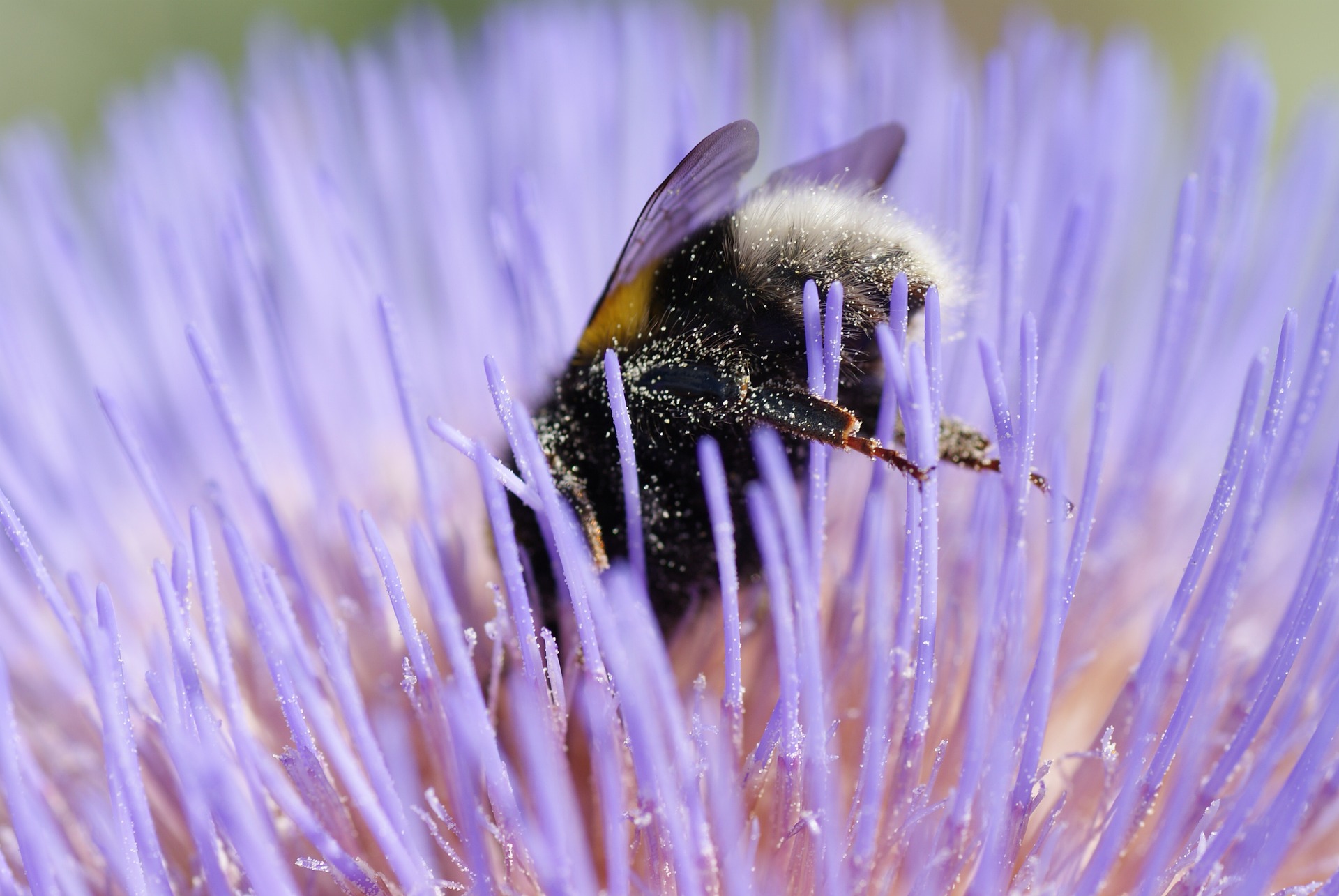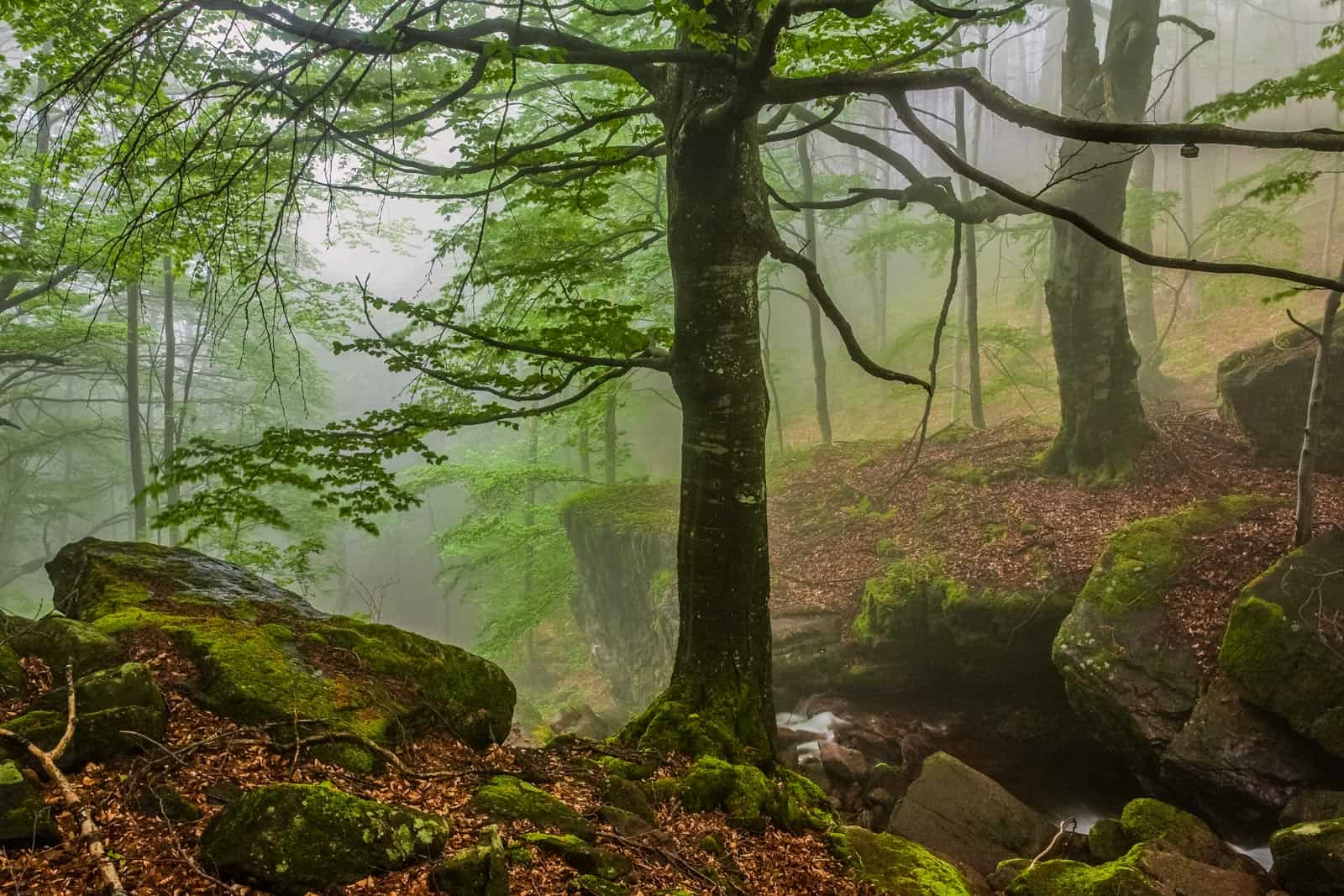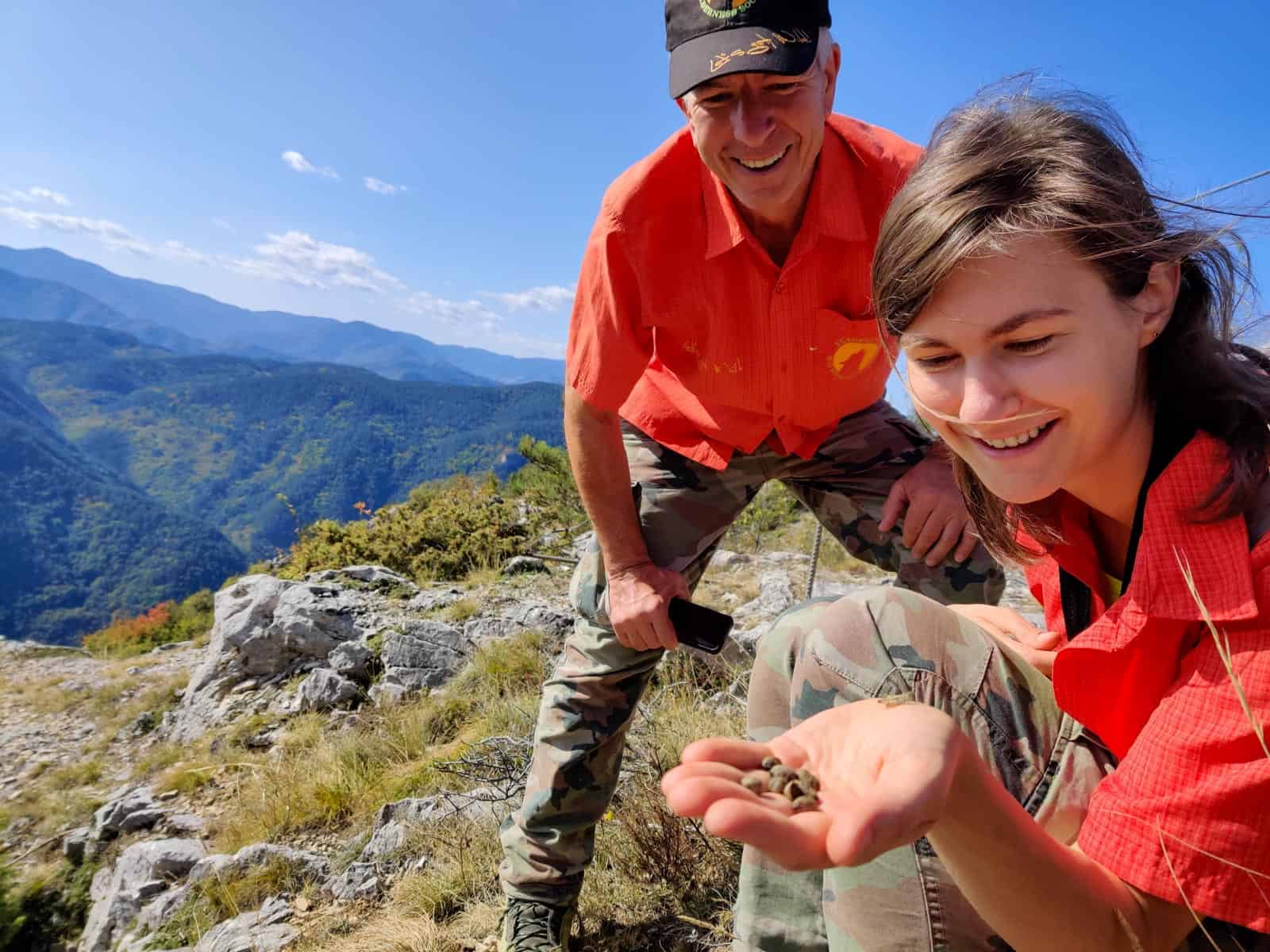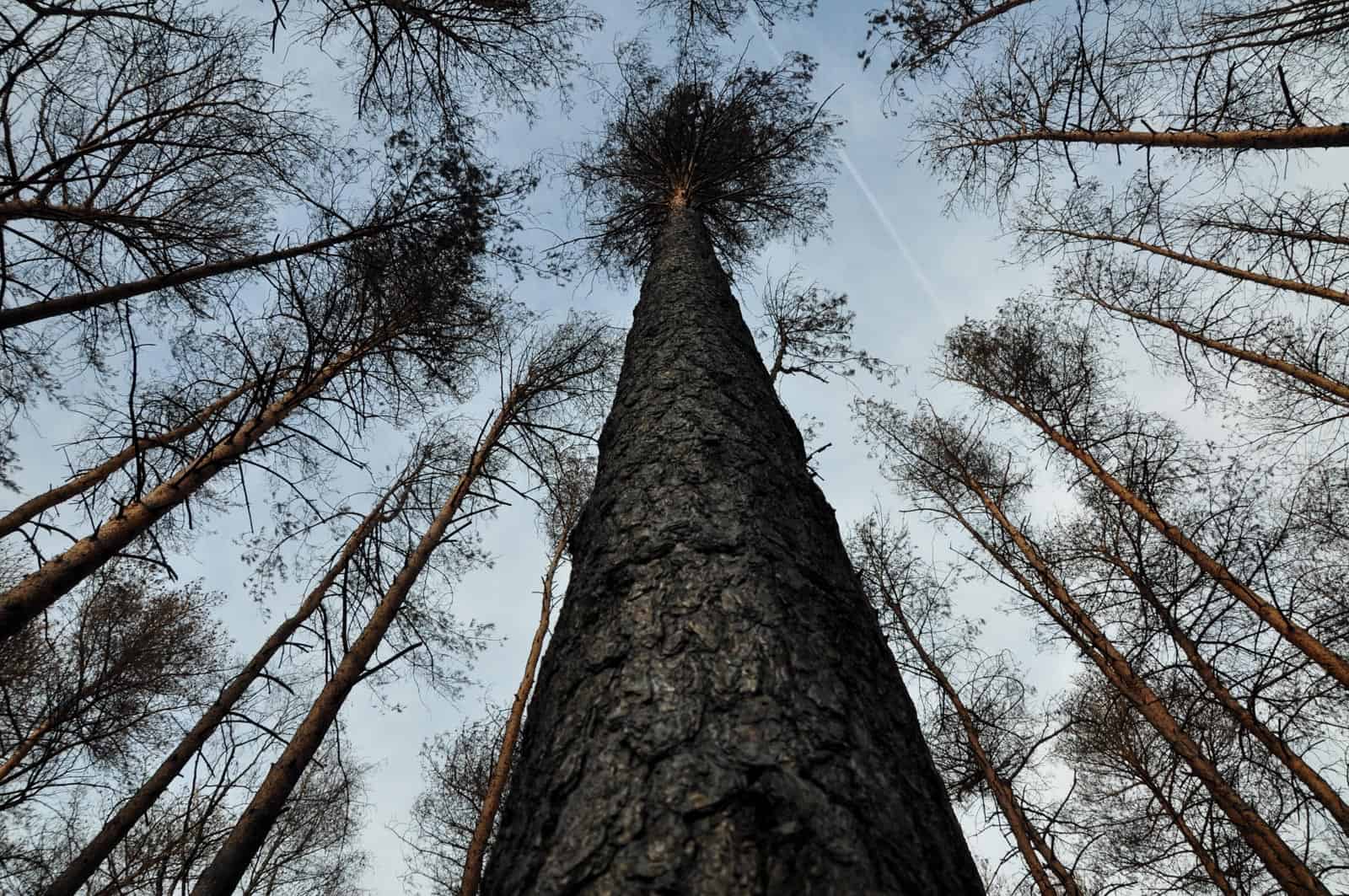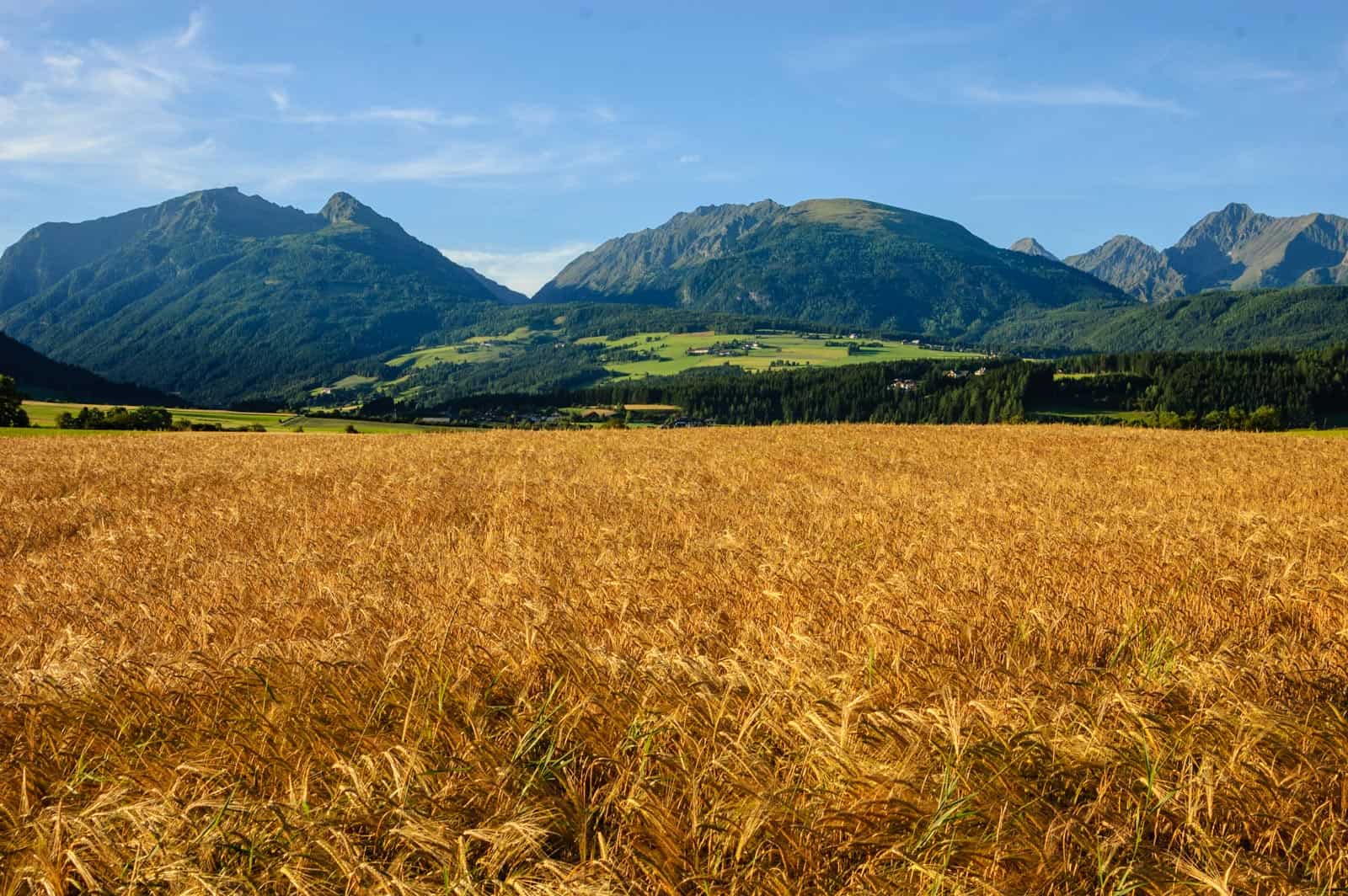Empty forests: Overhunting is causing defaunation in tropical forests
We have already lost over half of the tropical forests worldwide due to industrial logging, agriculture, livestock and urbanization. Of the remaining forest, only 20% is considered intact. Yet, this does not include other, more cryptic but dangerous forms of degradation, such as the loss of wildlife (i.e., defaunation) due to overhunting.
The growing human population, together with an increase of wild meat commercialization, are causing unsustainable high hunting rates across the tropics. Moreover, rapid degradation and fragmentation of forests are increasing accessibility to otherwise remote areas. Today, more than half of the pantropical forest area is located within 10 km of the nearest human settlement, and over 80% is within 20 km. This suggests that most of the tropical forest is relatively accessible for hunters. As a consequence, many tropical forests are becoming “empty”, with wildlife populations reduced or locally extirpated.
Contrary to deforestation, overhunting is undetectable by remote-sensing techniques. For this reason, a research study developed a modelling framework to project the spatial patterns of defaunation in the tropics and identify those areas where hunting impacts are the highest (hotspots). They developed the models based on an extensive database of hunting impacts on mammal populations, extracted from 163 local studies (and covering 3,923 mammal species).
Where is defaunation higher?
The study estimates that defaunation concerns approximately 47% of the pantropical forest area, when considering all mammal species. Importantly, they detected defaunation in 9% of intact forests, 11% of wilderness areas and 20% of the IUCN Protected Areas.
Large mammals (>20 kg) are the most endangered, with an average decline of more than 40%, followed by medium-sized mammals (1-20 kg) with a decline of 27%. In contrast, small mammals (<1 kg) are not usually hunted. The study showed that even the last of the wild areas and the intact forests can be partly defauned of large mammals.
Countries from West and Central Africa presented the highest defaunation rates, particularly in Gambia, Ghana, Togo, and Cameroon. However, they identified hotspots of defaunation in West and Central Africa (Cameroon, Guinea, and Cote D’Ivoire), Central America (Panama, Mexico, Costa Rica, Guatemala, and Honduras), Northwest South America (Colombia, Venezuela), and some areas in South east Asia (Thailand, Malaysia, and Southwest China). Contrary, the study identified non-defauned refugia in the Guiana shield (Suriname, Guyana, and French Guiana) and the Brazilian Amazon.
In West African countries, particularly in Cameroon, more than half of the species have lost 70 to 100% of their populations due to hunting activities, the study says. High hunting pressure is present along the Amazon River network and in the east Amazon basin.

Dangerous consequences
The absence of fauna, especially large animals, has profound implications for the ecological functions. For example, the overhunting of some species could alter body size distributions across the tropics and, consequently, impair key ecological processes such as seed dispersal, predation, and herbivory, for which large-bodied species play a significantly more important role than smaller ones. Furthermore, highly hunted large mammals are usually carnivores and herbivores rather than frugivores and insectivores. Thus, the loss of these groups may diminish top-down and bottom-up regulation, which can in turn destabilize trophic cascades, and result in a net loss of diversity.
As the authors of this study advocate, large-scale biodiversity and species risk assessments should include defaunation processes. The quantification of defaunation processes is crucial as a first step towards identifying possible consequences for ecosystem functioning, as well as designing specific conservation measures.

